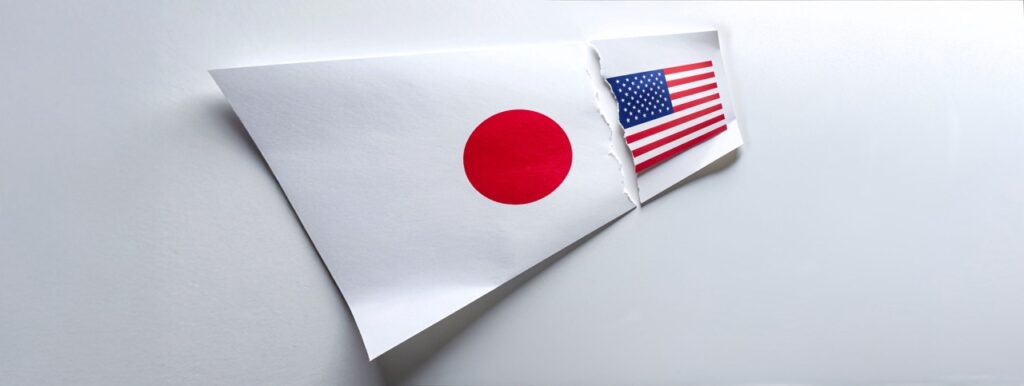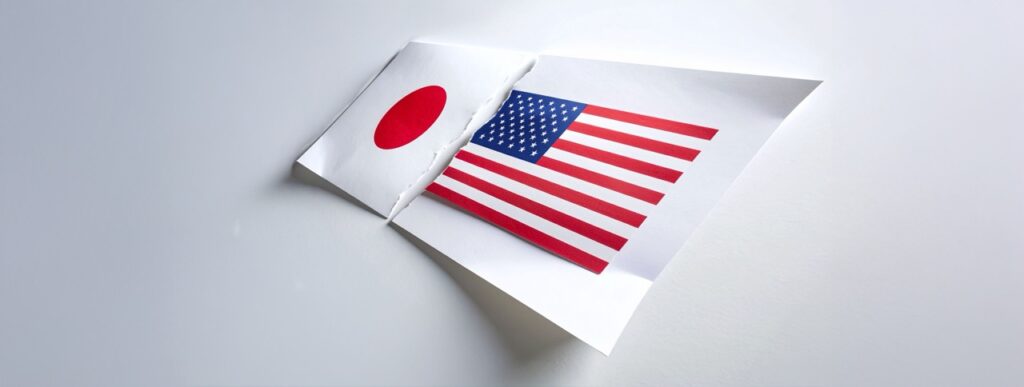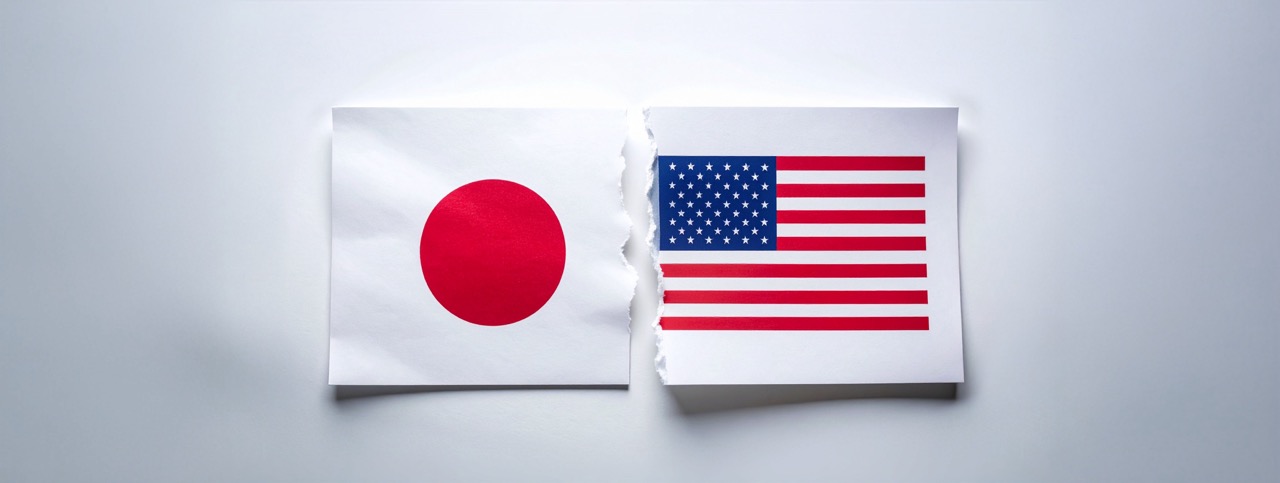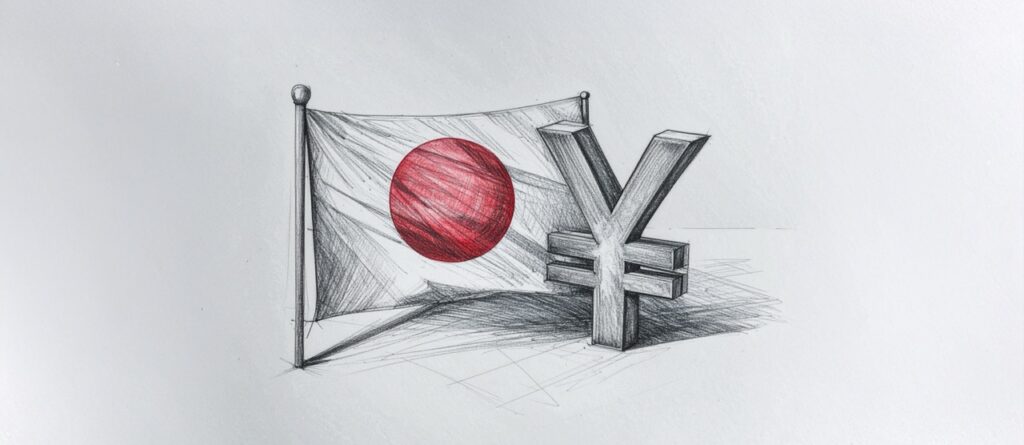Car Trouble: How US Tariffs Are Hurting the Japanese Automotive Industry
| By Caroline Gross |
On April 29th, President Trump signed an executive order limiting tariff rates on automobiles and auto parts. This decision comes after immense criticism from both American economists and foreign automakers, as the tariffs have resulted in higher consumer prices and slowed global economic growth.
The New Tariffs
Back in early April, President Trump imposed 25% tariffs on vehicles and later imposed a separate 25% tariff on auto parts. For countries like Japan, which export 28% of their cars to the United States, this came as a shock. According to Mizuho Securities Company, the tariffs were expected to cause 1.6 trillion Yen in additional costs for automobile exports.
US Treasury Secretary Scott Bessent noted that the ultimate goal of these tariffs was to bring back manufacturing jobs and auto production to the United States. Despite support from American automobile companies like Ford Motor, some experts suggest that the high duty on imported auto parts would likely make US production less competitive, as it would increase prices for American manufacturers and slow economic growth, leading to potentially net negative results. Thus, after meeting with foreign and domestic auto makers, President Trump quickly rolled back the tariff plan with the provision of a new rebate to the 25% tariff on auto parts.
Rebate Plan: Impact on Japanese Automakers
The 25% tariff on auto parts will now include a premium 3.75% rebate for auto parts makers when the components are assembled in the US, and it further stipulates a reduced rebate of 2.5% to go into effect the following year. In a statement to reporters, Trump remarked that a temporary or partial exemption of tariffs would give car-makers “a little bit of time” to relocate manufacturing hubs to the United States. Experts warn, however, that the retroactive discount is unlikely to provide car-makers with enough incentive to adjust their global supply chains, though the parts exemption is expected to provide relief.
For countries like Japan that depend on American markets to export automotive parts and finished vehicles, the tariff rates have hit particularly hard. In Honda’s 2025 fiscal earnings report, the company expects to earn 500 billion Yen, which is less than half of what was earned the previous fiscal year. In a statement, Honda executives cite the tariffs as a huge factor contributing to the 650 billion Yen loss in operating profit. For companies like Nissan, which were already struggling before the tariffs were imposed, the high duty adds new pressure to the carmaker to cut costs and increase efficiency. In a statement on Tuesday, Nissan officials announced mass layoffs and a reduction in the number of global production bases. Mazda further added that during April, the tariffs resulted in roughly 9-10 billion Yen in excess costs.

US-Japan Trade Negotiations: Automotive Sector Braces for Prolonged Turbulence
Japan’s chief tariff negotiator, Ryosei Akazawa, is headed into the third round of trade talks with the United States later this week to further roll back tariff restrictions. Akazawa has remained willing to settle on a partial tariff reduction or to import more US agricultural products in order for both parties to come to a suitable agreement. However, he has drawn a hard line at pursuing agreements that would cement the 25% tariffs, evidenced by his decision to skip APEC talks amidst the ongoing dispute. Nonetheless, US officials have rejected any plans to discuss tariffs on imported vehicles and automobile parts during bilateral talks. Rather, they’ve called for negotiations to be limited to the 14% reciprocal tariff surcharge, claiming that Japan should not receive special treatment given that the levies on automobiles and auto parts are equally applied to every country.
Still, prioritizing Japanese automakers’ interests is likely to be a chief concern in the upcoming negotiations, especially considering the impact of the Upper House elections to be held this July. During the previous Upper House election in 2019, the incumbent Liberal Democratic Party received 10% of its electoral funding through donations, of which the Japan Automobile Manufacturers Association contributed the largest share at 80.4 million Yen. Thus, it is expected that negotiations may make little progress until tariffs on Japanese auto parts and vehicles are indefinitely paused or significantly reduced.
Negotiation Deadlock Compounds Industry Uncertainties
Although Japan and the United States are headed into trade talks, both sides’ staunch adherence to their economic positions raises concerns about whether an agreement will be reached. Without a settlement, Akazawa and other economists like Takahide Kiuchi of the Nomura Research Institute emphasize that Japanese automakers are likely to experience acute blowbacks such as the “reduction of production and jobs in Japan and a hollowing out of the auto industry” as tariff rates reduce operating profits for Japanese firms and spark layoffs. Thus, despite the partial relief afforded through the auto parts rebate, profit forecasts remain marginal.
As for the Japanese economy, the Bank of Japan expects growth will slow from 1.1% to 0.5% for the 2025 fiscal year. Despite these concerns, Prime Minister Ishiba is confident in their approach, noting that in negotiations, “we should not rush to an agreement” or accept “an outcome that compromises our national interests.” Until then, Japanese automakers can expect increased costs to persist.

The illustrations in this article were created using an AI image generator. All illustrations are ©Intelliwings.



